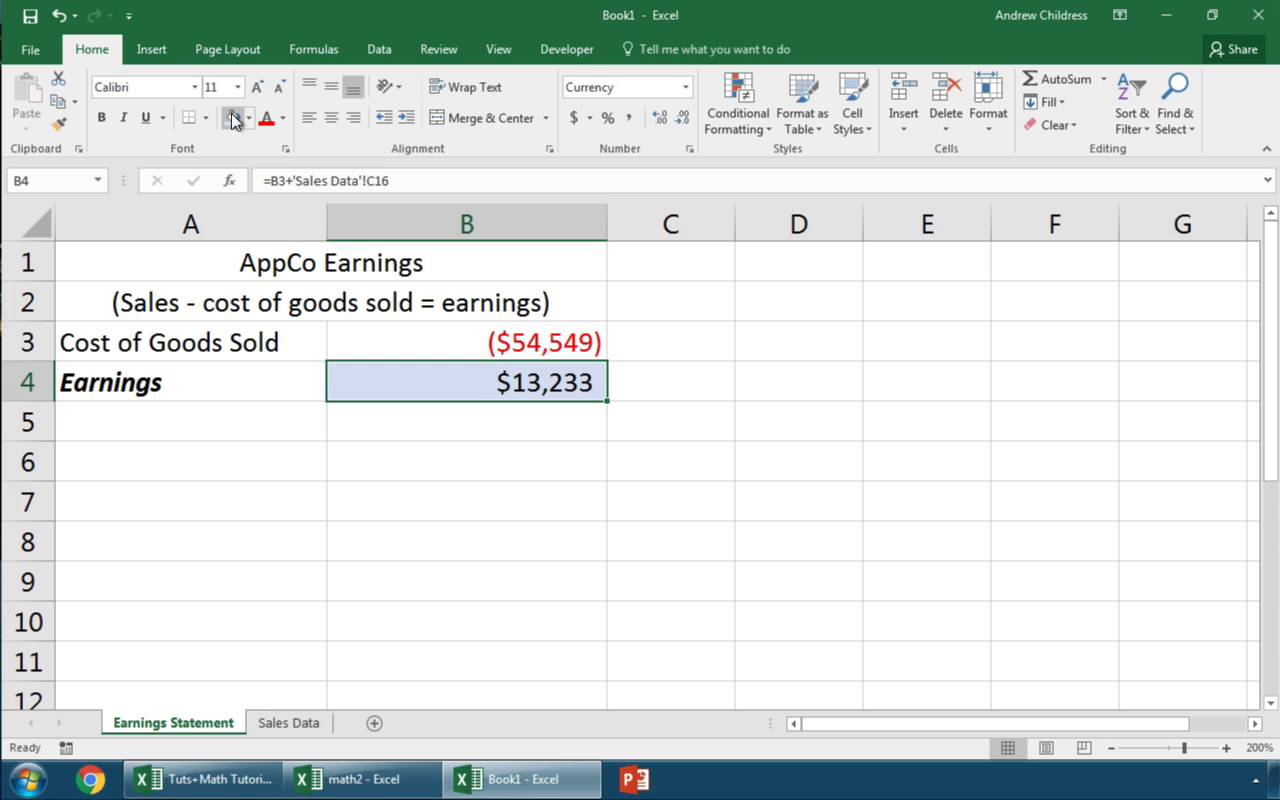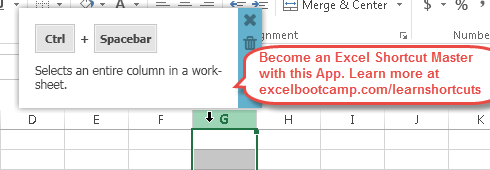5 Ways to Link Rows in Excel to Another Sheet

In Excel, linking rows from one sheet to another can significantly enhance the functionality of your spreadsheets. It allows for data consolidation, automatic updates, and seamless integration across different parts of your workbook. Whether you're managing inventory, financial models, or any other data-driven task, knowing how to link rows can streamline your workflow. Here are five effective methods to achieve this linkage:
1. Using Cell References

The simplest way to link rows between sheets is through cell references. This method is particularly useful when dealing with specific cells or ranges that you want to reflect changes from the source sheet to the destination sheet.
- Click on the cell where you want the data to appear in the destination sheet.
- Type = followed by the name of the source sheet, an exclamation point, and the cell reference. For example, if you want to link cell A1 from Sheet1 to cell B1 in Sheet2, you would type:
=Sheet1!A1.
🔗 Note: When you reference an entire row, make sure to reference all cells you want to link, as Excel does not automatically understand row linking.
2. Utilizing Named Ranges

Named ranges make your formulas more readable and easier to manage when linking rows. They serve as an alias for specific cells or ranges of cells across your workbook.
- Define a named range on the source sheet by selecting the cells and going to Formulas > Name Manager > New.
- Enter a name for your range and confirm it.
- Now, in your destination sheet, you can refer to this named range by typing =[Name] in a cell where you want the data to appear.
🔗 Note: Named ranges can be used to link an entire row or multiple rows, depending on your data selection in the Name Manager.
3. Using the VLOOKUP or INDEX-MATCH Functions

When you need to look up and retrieve data from one sheet based on a key value, these functions become invaluable:
- Use
VLOOKUPif your lookup column is the first column in the table array: - Enter
=VLOOKUP(lookup_value, table_array, col_index_num, [range_lookup])on your destination sheet. - For a more flexible lookup,
INDEX-MATCHcan handle lookups to the left or right of the index column: - Use
=INDEX(return_range, MATCH(lookup_value, lookup_range, match_type)).
Both methods allow you to retrieve and link entire rows of data based on a key, such as an ID or a name.
4. Creating a Data Table Connection

For Excel users working with large datasets or tables, connecting data tables provides a robust way to link rows across sheets. Here’s how:
- On the source sheet, convert your range into a table (Insert > Table).
- In the destination sheet, use the
=Sheet1!Table1formula to link to the entire table from Sheet1. However, this will bring over the headers, so if you want to start at the first row of data, use=Sheet1!Table1[#Data].
🔗 Note: If you modify the table structure in the source sheet (like adding or removing columns), those changes will reflect in the destination sheet as well.
5. Hyperlinking

If your primary goal is to navigate between related rows or sheets rather than to display data, hyperlinks can be an effective solution:
- Right-click on a cell in the destination sheet and choose Hyperlink.
- Select ‘Place in This Document’, choose the sheet and specific cell you want to link to, and click OK.
While hyperlinks don’t automatically update values like other methods, they provide a user-friendly way to jump between related data points.
In summary, Excel offers multiple pathways to link rows between sheets, each catering to different needs:
- Cell references are best for linking individual cells or specific ranges.
- Named ranges enhance readability and management of linked data.
- VLOOKUP or INDEX-MATCH are essential for dynamic lookups based on keys.
- Data table connections are ideal for linking entire tables of data.
- Hyperlinks provide navigation without the need for real-time updates.
By choosing the right method based on your data structure and workflow requirements, you can ensure your spreadsheets remain dynamic, interconnected, and easy to manage.
Can I link entire rows dynamically?

+
Yes, using methods like named ranges or table connections can dynamically link entire rows. These methods automatically adjust if rows are added or removed in the source sheet.
What happens if the source data changes?

+
When using cell references, named ranges, or table connections, any changes in the source data will automatically update in the linked cells or tables on the destination sheet.
How do I break a link between sheets?

+
You can break a link by changing the formula to a static value or by going to Data > Edit Links to break the connection entirely if multiple cells are linked.
Is there a performance impact when linking many rows?

+
Yes, large datasets linked across multiple sheets can slow down your Excel workbook, especially if using complex functions like VLOOKUP or INDEX-MATCH on large ranges.
Can I use these methods in Google Sheets?

+
Yes, Google Sheets supports similar functions for linking data between sheets with minor syntax differences. Functions like IMPORTRANGE or QUERY can be particularly useful.